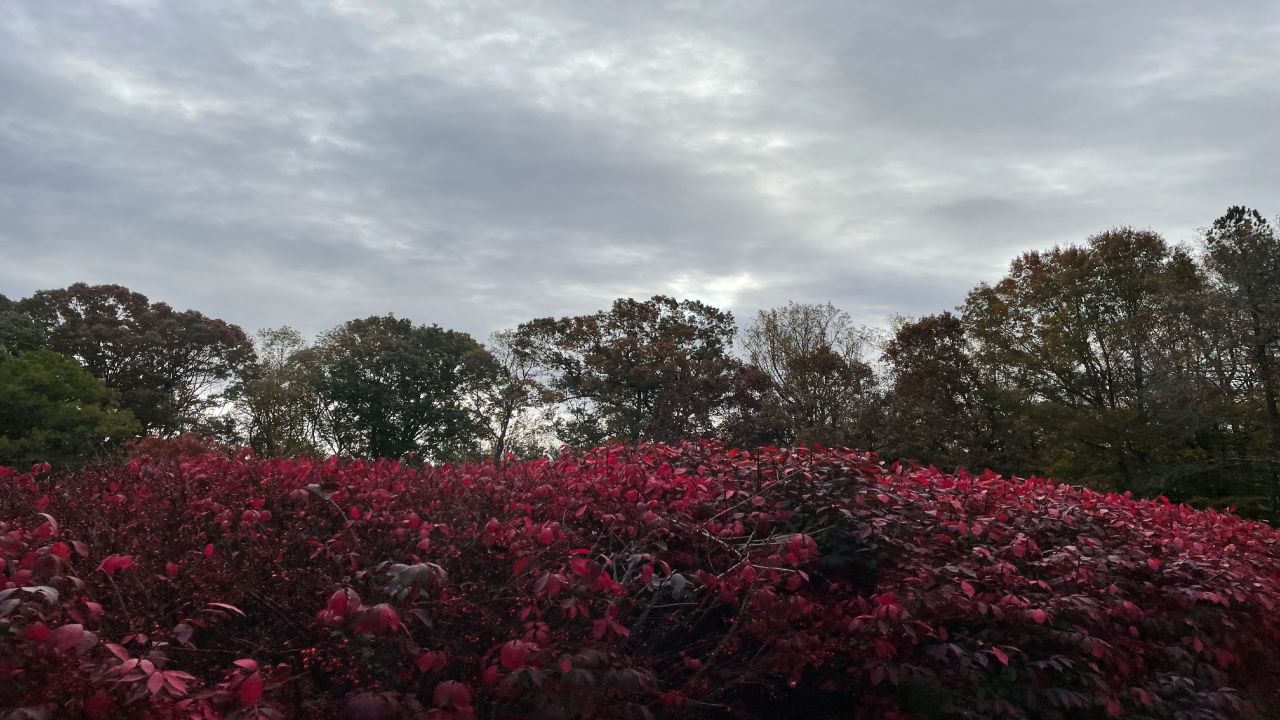JAMESTOWN, N.Y. — Before the spring thaw and with the growing season right around the corner, now is the time to start thinking about what to do with all that standing water that may be on your property.
Local expert conservationists recommend creating a rain garden, using native plants.
"So the Blue Flag Iris is a really nice plant. It's hearty. It's a little tough to kill," said Jean Gomory, Warren County Pennsylvania Conservation District watershed specialist.
And it’s the perfect addition for anyone looking to plant a rain garden, in place of any wet areas or standing water on their property caused by storm runoff from the roof or driveway.
Though they're currently covered in snow at the Audubon Community Nature Center in Jamestown, they are one of many in the garden classified as a native plant to the region.
"They have evolved with the area around them. So, they're meant to thrive in the area that they're found in," said Gomory.
Gomory says winter is the perfect time to start planning and preparing a rain garden to plant in the spring or after the last frost.
She helped plant that seed to a handful of homeowners during a recent presentation at the Audubon, and says rain gardens require low maintenance, improve water quality, reduce flooding, and promote wildlife habitat.
"Rain flows downhill wherever you are so it's something that can be applied anywhere. Focus more on working with nature. The best thing we can do as humans and residents of the planet is work with it," said Gomory.
Residents like Linda Richards who just moved to Bemus Point and has six acres of land.
"We have some saggy lawn in places," said Richards.
Which prompted Linda to ask questions and learn more about the process.
She also took notes and snapped a few pictures of Gomory's presentation.
"I came away with knowing more about the kinds of plants and the actual digging and the kind of soil amendment I would need to do to make sure the rain garden is a success," said Richards.
Gomory says for any rain garden to be a success, the native plants in it will vary depending on which part of the state you live in.










